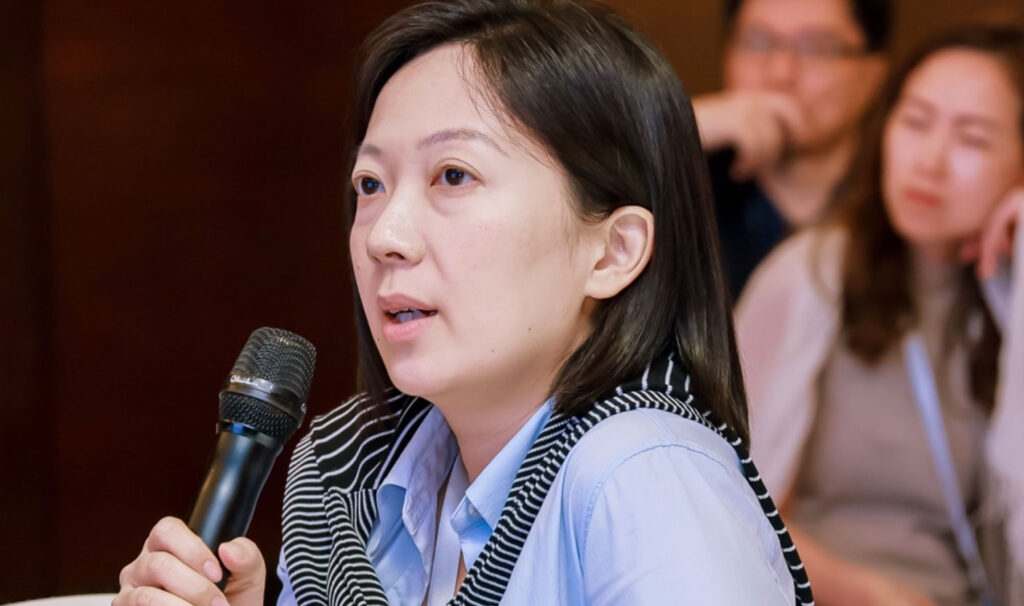The Higg Index is made up of three categories of tools that together assess the social and environmental performance of the value chain and the environmental impacts of products. These are the Facility Tools, Brand and Retail Tools, and the Product Life Cycle Tools. Across topics such as water use, carbon emissions, and labor conditions, consumer goods brands, retailers, manufacturers, governments, and NGOs, can use the Higg Index to inform their individual sustainability strategies and drive collective industry transformation.
Higg Product Tools
The Higg Product Tools use life cycle assessment data to inform the decision-making process at every stage of product development, and are made up of two tools.
The Higg Materials Sustainability Index (Higg MSI) enables designers and product developers to assess and understand the cradle-to-gate impacts of millions of possible manufacturing variations, which in turn allows them to make better materials and production choices. The Higg MSI being a cradle-to-gate assessment means that it considers impacts associated with material production only – impacts from subsequent lifecycle phases are considered in the Higg Product Module. Decisions at this stage of product development can significantly impact an apparel company’s Scope 3 emissions and the Higg MSI tool can play a key role in the achievement of Science Based Targets.
The Higg Product Module (Higg PM) measures the cradle-to-grave impacts of a product, which means that it can measure from the beginning (when choosing the raw materials) all the way up to manufacturing impacts, product durability, care, and end of use.
Facility Tools
The Facility Tools allow manufacturing facilities around the world to measure and improve their sustainability performance.
The Higg Facility Environmental Module (Higg FEM) assesses a facility across several dimensions such as energy & GHG emissions, water use & effluent, waste management, and chemicals. The Higg Facility Social & Labor Module (Higg FSLM) focuses on topics including working hours, wages & benefits, health & safety, and empowering communities.
Beyond the clear environmental and social benefits provided, the Higg Facility tools adds value to manufacturing facilities in particular, because they are able to report their performance to multiple customers via the digital Higg platform. This reduces the reporting burden placed on manufacturing facilities and moves the focus of conversations between buyers and suppliers away from auditing and reporting and towards engagement and improvement.
Brand and Retail Tools
The Higg Brand & Retail Module (Higg BRM) helps brands and retailers evaluate and improve the environmental, social and governance performance of their business operations, from products, supply chains, packaging, retail stores, offices, transportation, and distribution centers.
The assessment covers 11 key areas, split across three pillars (environmental impacts, social impacts, governance)
- Environmental impacts include water, climate, chemicals, waste and biodiversity
- Social impacts include workers, employees, consumers and communities.
- Governance impacts include structure and management, ethics and behavior.
The Higg BRM provides one finite score out of 100, in addition to score breakdowns per pillar and impact area, helping brands and retailers to understand, communicate and benchmark their impacts against peers.


